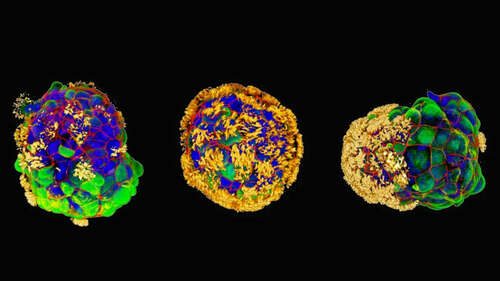
As innovative as they sound, the anthrobots also overcome a crucial complexity problem. The team says that these biological robots don’t need any specialized cells, or any kind of genetic modification. The team notes that by reprogramming the way these tracheal cells communicate, they can trigger the formation of multicellular lumps, somewhat appreciate rearranging bricks to make different structures.
Additionally, they can advance in different manners across a surface layered with human neurons in a lab dish. they can arouse fresh growth, which is akin to repairing gaps created by scratching the cell layer. “We’re now looking at how the healing mechanism works, and asking what else these constructs can do,” says Michael Levin, Director of the Allen Discovery Center at Tufts.
But as mentioned above, the anthrobot’s being composed of biological matter solves the critical issue of the body rejecting these robots. In medical science, it so often happens that whenever a foreign object enters our system, the human body’s immune response kicks into action and tries to neutralize the threat. Sometimes, doctors have to give immunosuppressants to overcome this acceptance problem for certain drugs.
But with anthrobots moving around with human tracheal cells as their foundation, they can do their job with little resistance. Moreover, they pose no risk of contamination as they can’t survive outside the human body, and can only thrive in very specialized lab conditions. Furthermore, there are no additional risks of mutating or reproducing to provoke harm.

